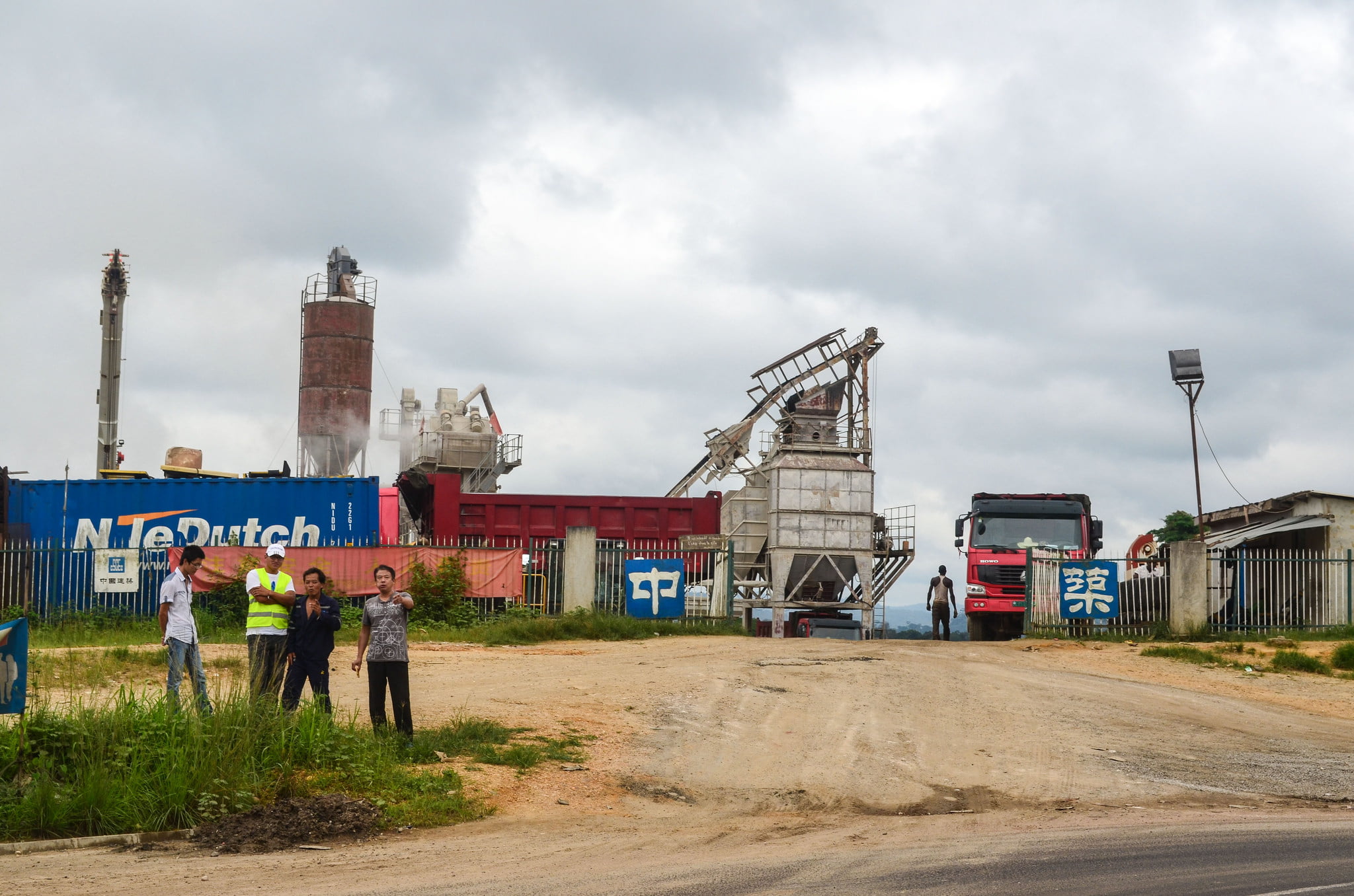An infrastructure “arms race” is emerging between the China and the United States over access to the developing world.
Competition over the building of ports, roads and railways are becoming more and more commonplace. These projects seek to connect established and emerging markets with manufacturing hubs and areas rich in natural resources.
This competition will have a big impact on development outcomes for years according to Seth Schindler, a senior lecturer in urban development and transformation at the Global Development Institute at the University of Manchester. He studies large scale infrastructure projects and as he explains, geopolitical rivalry between China and the United States will be the key factor driving the development of these massive projects.
In our conversation we talk through the implications of this trend, which has accelerated since China launched a massive global infrastructure-building strategy known as the Belt and Road Initiative. It was in response to this Chinese strategy that the US Congress passed a law known as the US BUILD ACT, in October 2018 which established a new International Development Finance Corporation (IDFC).
We kick off this conversation talking about both the Belt and Road Initiative and the new US International Development Finance Corporation, before having a broader discussion about the ways this rivalry will manifest itself around the world and its impact on global development.
